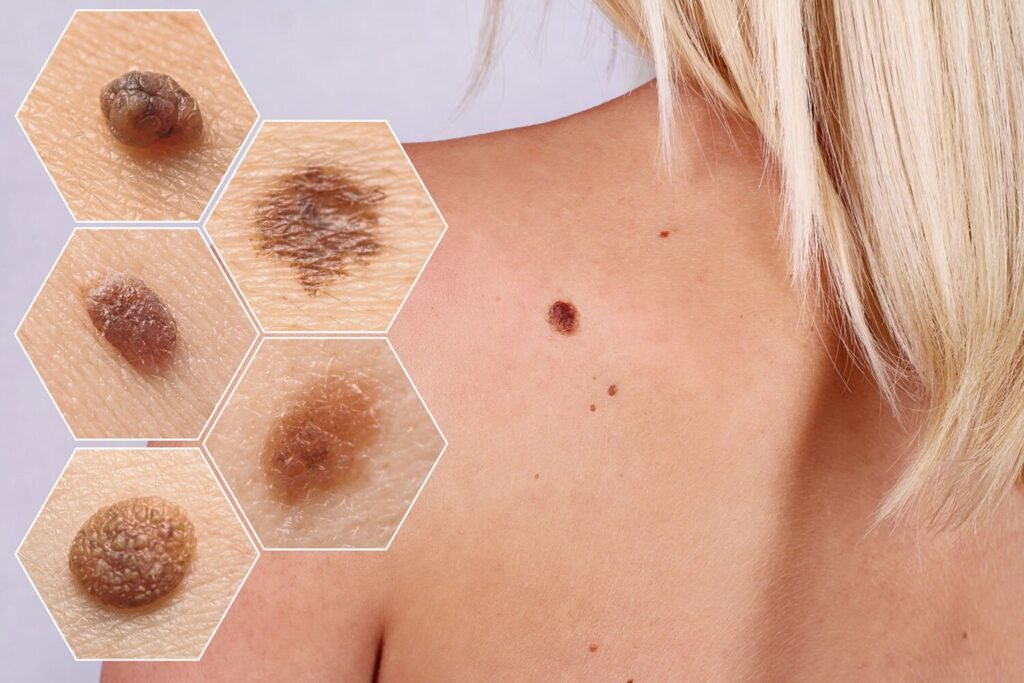Congenital superficial organ anomalies are mostly corrected by plastic surgeons. Among the congenital anomalies that concern plastic surgery, hand-finger problems, cleft palate-lip deformity, ear developmental disorders, vascular masses (hemagioma) are among the most common. If congenital anomalies occur in a way that does not impair function, they are usually applied when the child reaches the age and weight to be able to receive anesthesia. However, it is important to repair the problems that cause dysfunction in the early months.
Congenital hand anomalies
Syndactyly; fingers are fused, there are no gaps between the fingers
Polydactyly; having extra fingers normally. It is common in the 1st and 5th fingers.
Congenital trigger finger; stiffness and catching in the 1st joint of the finger
Constrictive band syndrome; ring stenosis that can cause circulatory disorders in the fingers are the most common hand anomalies. These can be seen in various forms from simple to complex. It is important for children born with hand anomalies to undergo plastic surgery in the first months of their life and to perform the necessary surgery when the appropriate age is reached. Physiotherapy treatments performed by experienced hands after such surgeries are also important for the restoration of function.
Cleft palate-lip deformity
Cleft palate-lip deformity can occur together or separately. Lip repair can be applied from the 3rd month onwards, while cleft palate deformity is generally applied after the 1st year. It is important for the function of the palate to be repaired before the child starts talking. A multidisciplinary approach is very important in such congenital problems. In the child who is followed up immediately after birth, many units should be involved in the treatment such as dentists performing nasoalveolar molding, surgeons performing lip and palate repair, audiologists performing speech therapy, dietitians performing nutrition planning, and ENT specialists performing solutions to possible ear problems. It should not be forgotten that orthodontic treatments and nose repairs may be required in adulthood depending on the severity of the deformity.
Hemangioma
It is the most common benign skin tumor that occurs in newborns. Hemangiomas, which occur as a result of developmental anomalies of blood vessels, begin to be seen at birth or within the first weeks. It continues to grow throughout childhood. Classically, 70% of it disappears completely by the age of 7. In addition, it may be necessary to intervene in masses that tend to ulcerate, bleed constantly, or disrupt the aesthetic appearance, such as those around the eyes and nose.

